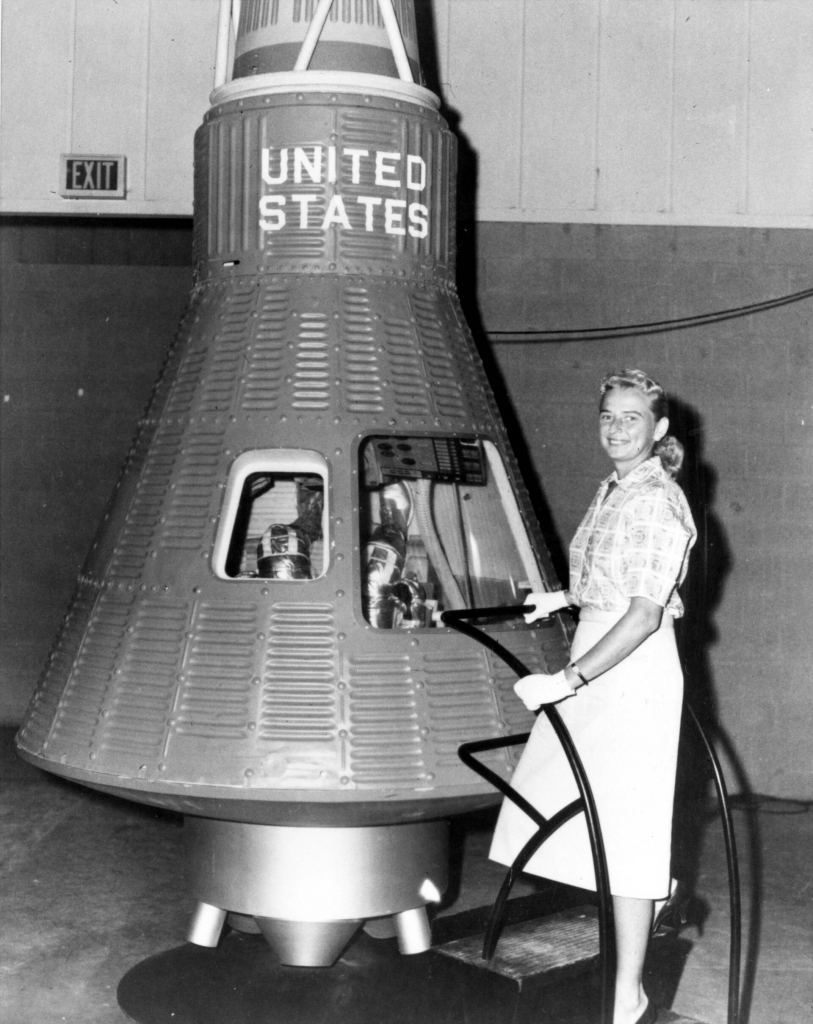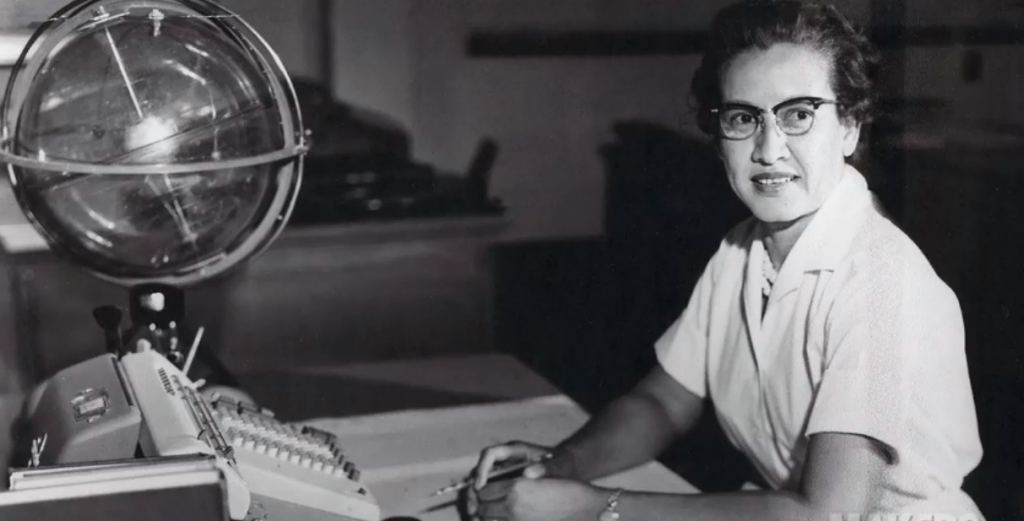It's a common reassurance made by adults to teens and adolescents who constantly face the threat of violence, cyberbullying, and ostracism: "It gets better." Once you graduate, once you grow up and join the workforce, all the mistreatment and abuse will cease and people will appreciate you for who you are. All the hard work and perseverance you've shown over these many years will finally pay off.
Unfortunately, this is not always the case, and even the STEM fields are not immune. This was the conclusion reached by the Royal Astronomical Society (RAS) based on a recent survey of 650 astronomers and geophysicists. What they found was that in 44% of cases, respondents reported bullying and harassment in the workplace during the preceding year, which was disproportionately high for women and minorities.
The survey was commissioned by the RAS Committee on Diversity in Astronomy and Geophysics was carried out by two key personnel - Aine O'Brien, the RAS Diversity Officer; and Dr. Sheila Kanani, the RAS Education, Outreach, and Diversity Officer. The findings were presented by O'Brien during the virtual National Astronomy Meeting, which was held on Thursday, July 22nd, 2021. Specifically, the initial findings of the survey indicated that:
- Disabled, and Black and minority ethnic astronomers and geophysicists are 40% more likely to be bullied than their non-disabled and White colleagues (respectively).
- Women and non-binary people in the field are 50% more likely than men to be bullied and harassed.
- 50% of lesbian, gay, bisexual, and queer astronomers and geophysicists were bullied in the last 12 months, and 12% of bisexual astronomers reported being bullied at least once a week.
As O'Brien explained in a recent RAS press release, it is clear from the results of this survey that the STEM fields also suffer from a culture of discrimination:
“This is the first time data like these have been collected in our field. It’s bleak, sadly somewhat unsurprising, but is unequivocal evidence to show we need to improve the workplace culture in academia. We have a well-reported diversity problem in STEM and this does nothing to help. Women and minorities are feeling pushed out.”
These results may come as a surprise to many considering that the STEM fields are held up as bastions of tolerance, open-mindedness, and the pursuit of scientific truth. However, that does not change the fact that for so long, academia and the sciences have suffered from system gender- and race-based discrimination, as evidenced by the underrepresentation of women and people of color in all fields.
In short, the STEM fields and their related professions have been considered "boys clubs" for the longest time. The fact that this attitude persists well into the 21st century is disconcerting, to say the least. Said Professor Emma Bunce, President of the RAS:
“The results from the survey are very concerning indeed, and we must act to change this unacceptable situation. The RAS is doing important work to uncover these facts, and we are committed to working alongside the community to urgently improve the environment in astronomy and geophysics”
Unfortunately, attempts to be more representative in the past have often met with difficulty because of a culture of workplace harassment and entitlement, where certain individuals were made to feel unwelcome. While there has been progress and movement made in the past few decades, it is clear that considerable work needs to be done. Dr. Natasha Stephen, Chair of the RAS Committee for Diversity in Astronomy & Geophysics (CDAG):
“Our RAS community is increasingly diverse, yet far from equitable. This survey highlights the disparity in lived experience across our global community, and paints a worrying picture of the way in which those from marginalised communities are often treated. We acknowledge that these largely intersectional issues cannot be solved overnight, but CDAG will work with RAS fellows and the wider field to understand and tackle these systemic problems.”
The data was collected as part of a wider survey aimed at characterizing the workplace culture in astronomy and geophysics based on the experience of its employees. The main aim was to identify and address any instances of suffering, witnessing bullying, and harassment that has been allowed to persist. The full survey results will be published by the RAS later this summer.
While these findings are cause for concern, it is comforting to know that there is no shortage of people in the scientific community willing to address the problem.
*Further Reading: RAS*
 Universe Today
Universe Today


